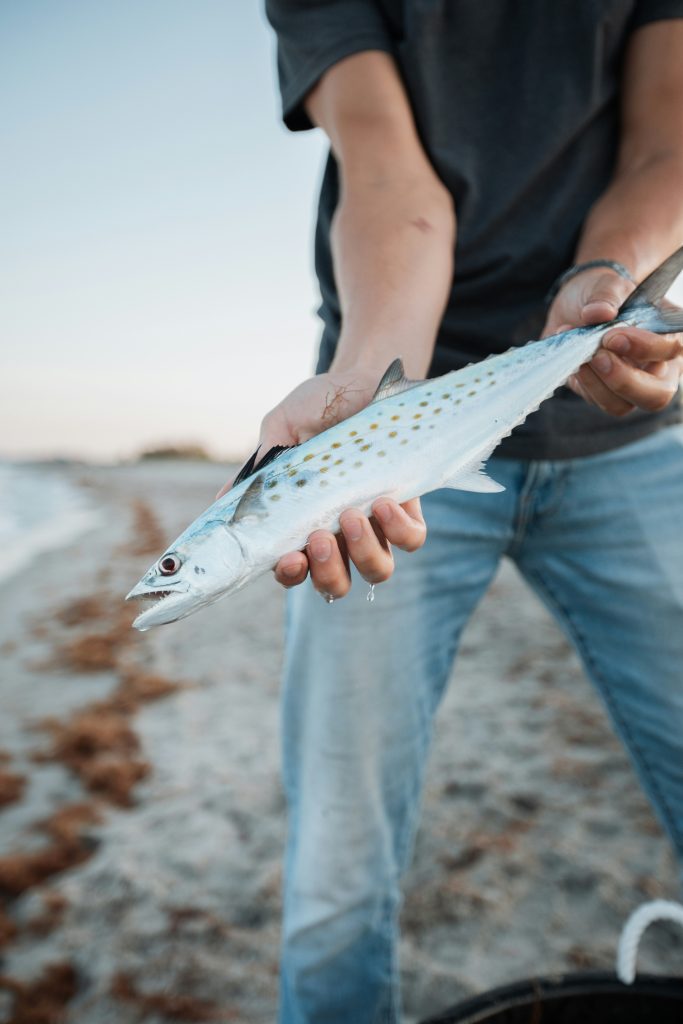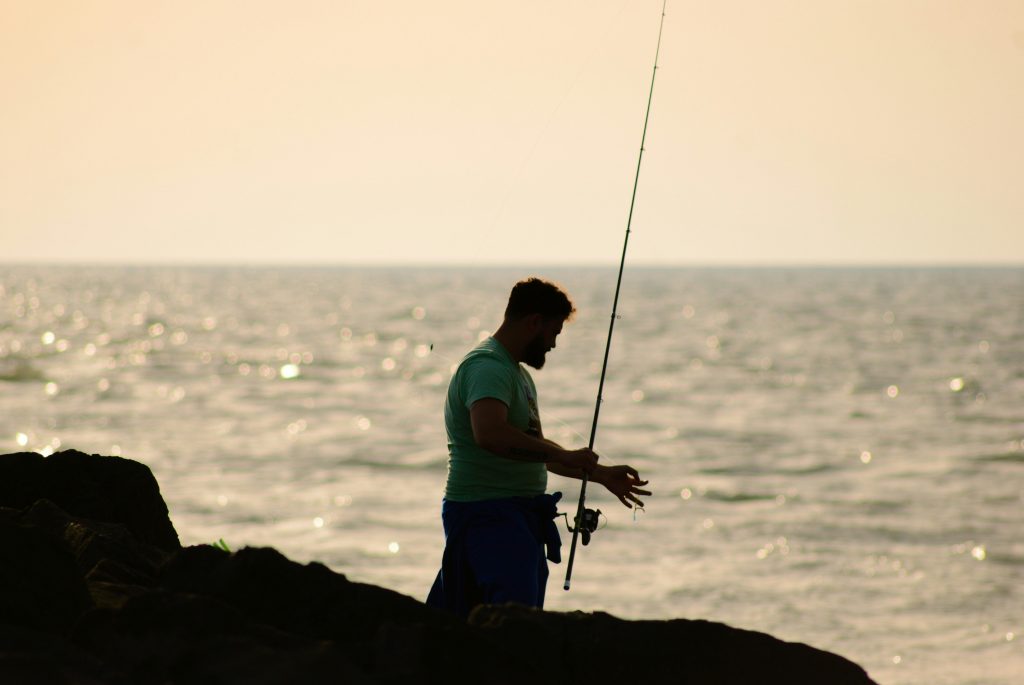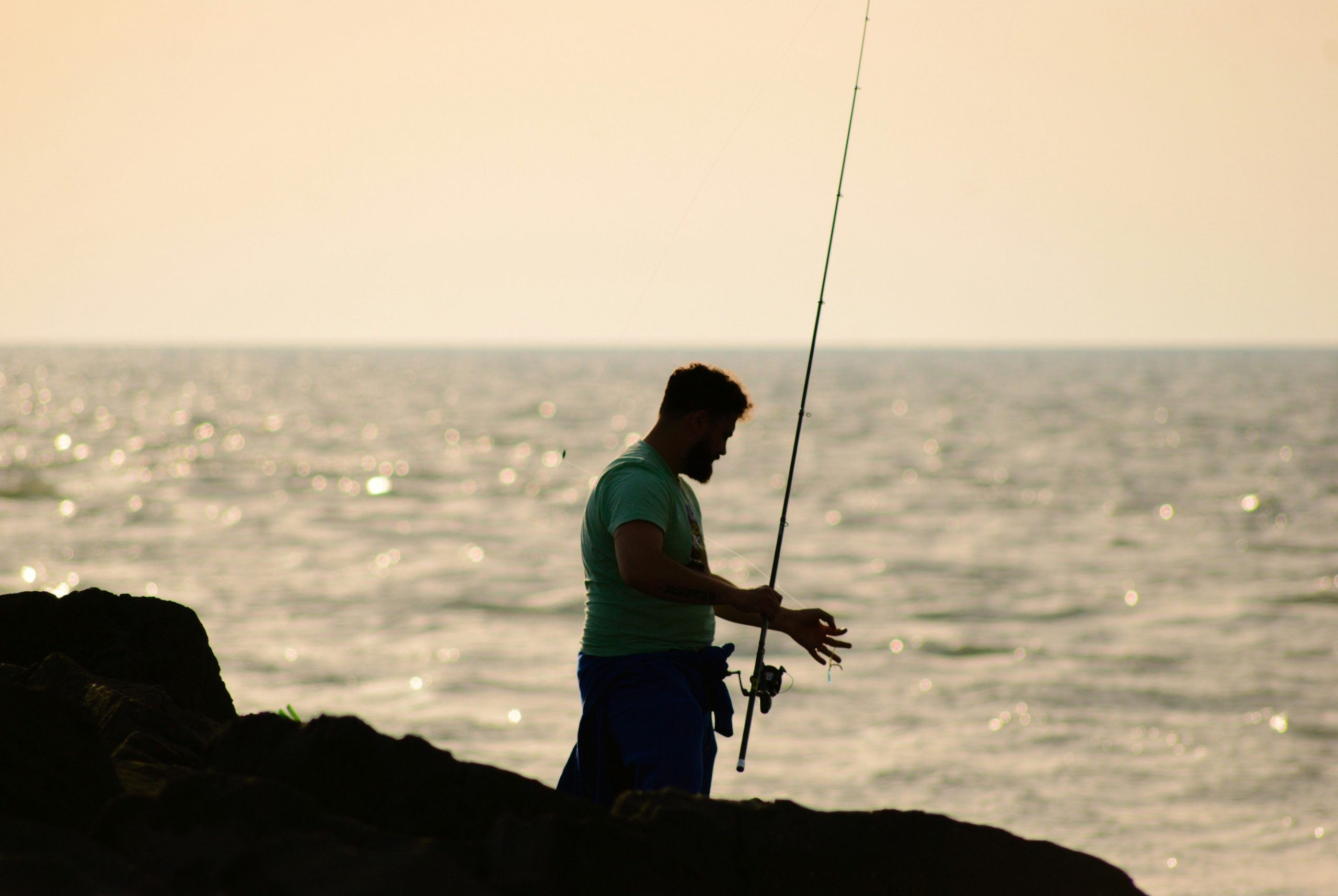Have you ever thought about whether a telescopic fishing rod can hold up against the challenges of saltwater fishing? If you’re an avid angler or just starting your fishing adventure, understanding the capabilities of your gear is essential for success. Let’s get into the specifics of telescopic rods and their suitability for saltwater environments.
Understanding Telescopic Fishing Rods
Telescopic fishing rods are loved for their convenience and portability. The beauty of a telescopic rod lies in its collapsible design, making it easy to carry around without sacrificing length when it’s time to start fishing. But how do they stack up against traditional rods, especially in saltwater conditions?
What is a Telescopic Rod?
A telescopic rod consists of several sections that can extend and retract. When extended, it offers the length needed for fishing, while retracting allows for easy storage and transportation. This feature is especially beneficial for casual anglers or those who travel frequently.
Benefits of Using Telescopic Rods
Choosing a telescopic rod comes with several advantages:
- Portability: The compact design fits easily in bags and can be transported without hassle.
- Easy Setup: Setting up a telescopic rod is generally quick, helping you get right into fishing.
- Versatility: Many telescopic rods are designed for various types of fishing, including freshwater and saltwater environments.
The Challenges of Saltwater Fishing
Saltwater fishing presents challenges that require specific gear capable of withstanding harsher conditions than freshwater fishing. Saltwater environments can be demanding on your equipment, and understanding these challenges can help you make informed decisions about your gear.
Corrosive Nature of Saltwater
Saltwater is corrosive, which can damage fishing rods, reels, and other gear. Unlike freshwater, saltwater can lead to rust and degradation over time, especially if your equipment isn’t designed to handle it.
Larger and Stronger Fish
Saltwater fish tend to be larger and more powerful than freshwater species. Consequently, the gear you use must be robust enough to handle the unexpected pulls and fights from these fish.
Variable Weather Conditions
Saltwater fishing often means dealing with variable weather, including rough seas, strong winds, and changing tides. This unpredictability requires your fishing rod to be resilient and flexible to adapt.

Can Telescopic Rods Handle Saltwater Fishing?
Now that you understand the basics of telescopic rods and the challenges of saltwater fishing, it’s time to explore whether these rods can stand up to the pressure. The answer is not straightforward, as it depends on several factors, including the quality of the rod and the type of saltwater fishing you intend to do.
Quality of Materials
When selecting a telescopic rod for saltwater fishing, consider the materials used to construct it. Look for rods made of durable materials, such as carbon fiber or high-quality fiberglass. These materials are not only lightweight but also offer better resistance to saltwater damage.
Comparison of Materials
| Material | Weight | Strength | Corrosion Resistance |
|---|---|---|---|
| Carbon Fiber | Light | High | Moderate |
| Fiberglass | Medium | Moderate | Low |
| Aluminum Alloy | Heavy | High | High |
| Composite | Light | High | High |
Rod Construction and Design
The design and construction play vital roles in determining whether a telescopic rod can withstand saltwater conditions. Pay attention to features such as the action and power of the rod. A medium to heavy action rod is preferred for saltwater fishing to handle larger fish.
Guides and Reel Seats
Another significant aspect is the quality of the rod’s guides and reel seat. Look for rods with stainless steel guides or those with ceramic inserts, as these will provide better resistance against corrosion compared to standard metal guides. The reel seat should also be corrosion-resistant to withstand the saltwater environment.
Fisherman’s Experience with Telescopic Rods
Fishermen who have used telescopic rods for saltwater fishing often share mixed experiences. Some find them quite effective, while others have reservations. Understanding their experiences can offer insights into your own choices.
Positive Experiences
Many anglers appreciate telescopic rods for their convenience. Anglers often share stories about trips where lightweight telescopic rods made it easy to travel, allowing them to fish in several locations during a single outing.
Negative Experiences
On the flip side, some fishermen express concerns about the durability of telescopic rods under high pressure, especially when combating larger saltwater fish. These concerns often revolve around the rods bending or even breaking during a fight, leading to frustration and a lost catch.

Alternative Options for Saltwater Fishing
If you’re leaning towards regular fishing rods over telescopic ones, it might be worth exploring some alternatives that are purpose-built for saltwater fishing.
Spinning Rods
Spinning rods are well-regarded for saltwater fishing due to their strength and versatility. They offer a longer reach and are designed to handle the heavier tackle often needed for saltwater environments.
Baitcasting Rods
Baitcasting rods provide greater control, especially for experienced anglers. They can cast heavier lures and are ideal for targeting powerful saltwater species.
Fly Rods
If you’re interested in fly fishing, there are dedicated saltwater fly rods that offer the specific action and strength needed for the tasks at hand.
Inshore vs. Offshore Rods
You should also consider the type of saltwater environment you will be fishing in. Inshore fishing may require lighter, more flexible rods, while offshore fishing will demand heavier, more durable rods capable of handling bigger game.
Maintenance Tips for Telescopic Rods
If you decide to use a telescopic rod for saltwater fishing, maintaining it is crucial for its longevity. Proper care can help mitigate some of the natural drawbacks of using telescopic rods in saltwater conditions.
Rinsing After Each Use
One of the best practices is to rinse your rod with fresh water after each use. This helps remove salt residue that can corrode components over time.
Regular Check-ups
Examine your rod periodically for any signs of wear, including cracks or corrosion around the guides and reel seat. Address any issues promptly before they worsen.
Storing Properly
Ensure that your rod is stored in a place where it won’t bend or get damaged. Consider investing in a protective rod sleeve or tube to shield it from dust, moisture, and physical damage.

Conclusion
So, can a telescopic fishing rod handle the pressure of saltwater fishing? The answer lies in the quality and specific features of the rod you choose. If you opt for a high-quality telescopic rod designed specifically for saltwater fishing, you might very well find it meets your expectations. Nonetheless, understanding your fishing conditions and choosing appropriate gear will ultimately lead to a more successful and enjoyable fishing experience.
Equipped with this knowledge, you can make informed decisions, ensuring that your fishing trips are both successful and enjoyable, regardless of whether you choose a telescopic rod or another type. Happy fishing!




